UNIT I PART A: OVERVIEW OF CIVIL ENGINEERING
Civil Engineering contributions to the welfare of Society – Specialized sub disciplines in Civil Engineering – Structural, Construction, Geotechnical, Environmental, Transportation and Water Resources Engineering – National building code – terminologists: Plinth area, Carpet area, Floor area, Buildup area, Floor space index – Types of buildings: Residential buildings, Industrial buildings.
UNIT I PART B: OVERVIEW OF MECHANICAL ENGINEERING
Overview of Mechanical Engineering – Mechanical Engineering Contributions to the welfare of Society –Specialized sub disciplines in Mechanical Engineering – Manufacturing, Automation, Automobile and Energy Engineering – Interdisciplinary concepts in Mechanical Engineering.
UNIT II SURVEYING AND CIVIL ENGINEERING MATERIALS
Surveying: Objects – Classification – Principles – Measurements of Distances and angles – Leveling – Determination of areas– Contours. Civil Engineering Materials: Bricks – Stones – Sand – Cement – Concrete – Steel – Timber – Modern Materials, Thermal and Acoustic Insulating Materials, Decorative Panels, Water Proofing Materials. Modern uses of Gypsum, Pre-fabricated Building component (brief discussion only)
UNIT III BUILDING COMPONENTS AND INFRASTRUCTURE
Building plans – Setting out of a Building – Foundations: Types of foundations – Bearing capacity and settlement – Brick masonry – Stone Masonry – Beams – Columns – Lintels – Roofing – Flooring – Plastering. Types of Bridges and Dams – Water Supply Network – Rain Water Harvesting – Solid Waste Management – Introduction to Highways and Railways – Introduction to Green Buildings.
UNIT IV INTERNAL COMBUSTION ENGINES AND POWER PLANTS
Classification of Power Plants- Working principle of steam, Gas, Diesel, Hydro -electric and Nuclear Power plants- Internal combustion engines as automobile power plant – Working principle of Petrol and Diesel Engines – Four stroke and two stroke cycles – Comparison of four stroke and two stroke engines. Working principle of Boilers-Turbines, Reciprocating Pumps (single acting and double acting) and Centrifugal Pumps, Concept of hybrid engines. Industrial safety practices and protective devices
UNIT V REFRIGERATION AND AIR CONDITIONING SYSTEM
Terminology of Refrigeration and Air Conditioning. Principle of vapour compression and absorption system–Layout of typical domestic refrigerator–Window and Split type room Air conditioner. Properties of air – water mixture, concepts of psychometric and its process.



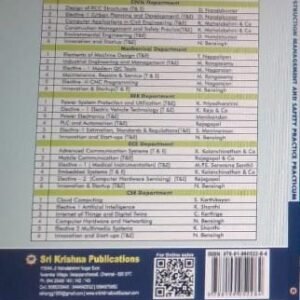
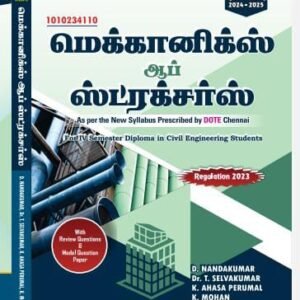
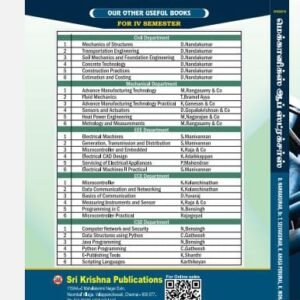



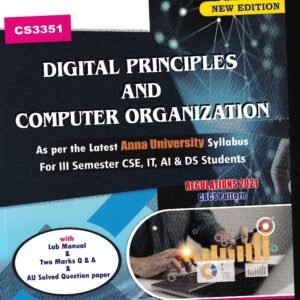
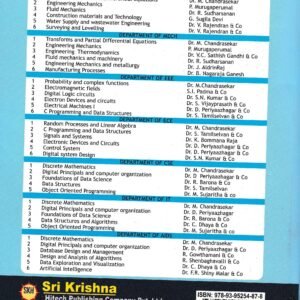

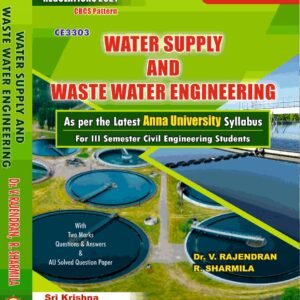
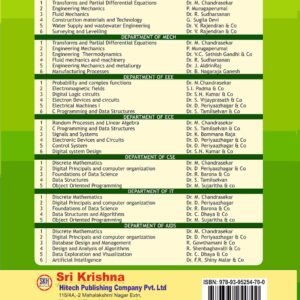

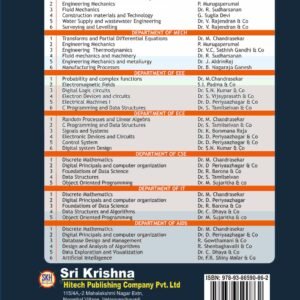
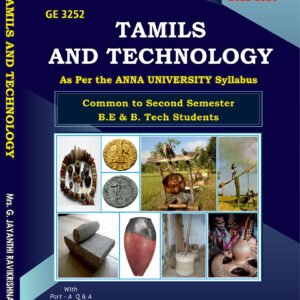
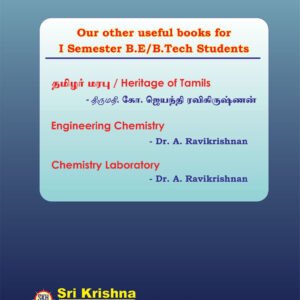

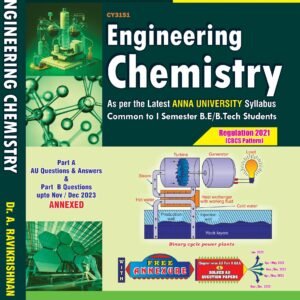
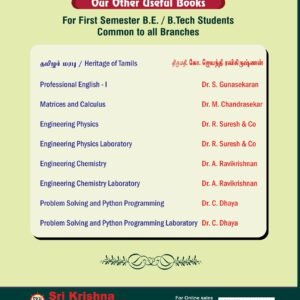
Reviews
There are no reviews yet.